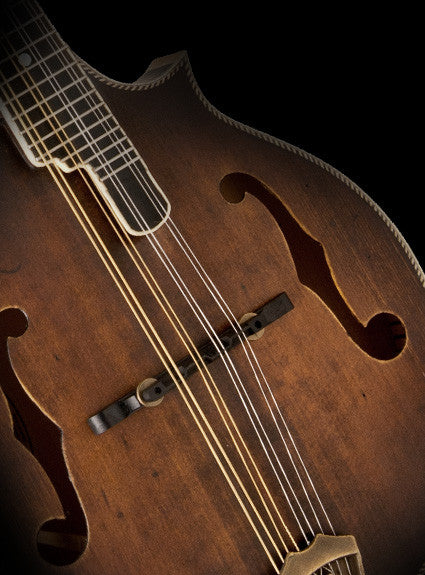JADi
Irish Mountain Dulcimer
The Irish dulcimer is so named for its unique Celtic knot sound hole rosette, which is derived from a photo taken in an 11th Century monastery in Ennis, Ireland. Each rosette is relief carved by hand, and has delicately interweaving continuous strands through a solid black walnut veneer. The back of the instrument is inlayed with a repeating Celtic cross pattern. The standard woods used are walnut for the bookmatched sides and back; walnut fretboard, tailpiece and headstock; and book-matched Western red cedar top.
The mountain (or lap) dulcimer originated in the Appalachian mountains by the Scotch-Irish settlers and is considered to be a distinctly American instrument. However, it may also be regarded as having Celtic roots, since it was born from Scotch-Irish immigrants. The alluring features of drone strings and a diatonic scale may have been instrumental in its creation by this musically gifted group of people. In many respects, its musical structure mimics that of a bagpipe.
The Irish dulcimer is distinctly different, almost lute-like, in tonal quality. This unique sound is attributed to its broad chamber, Irish bouzouki inner bracing, and fretboard separation at the soundhole, allowing the top to vibrate more freely.
Details- 2-1/4" x 8" x 43"
- Grover gold-plated in-line planetary geared tuning pegs


